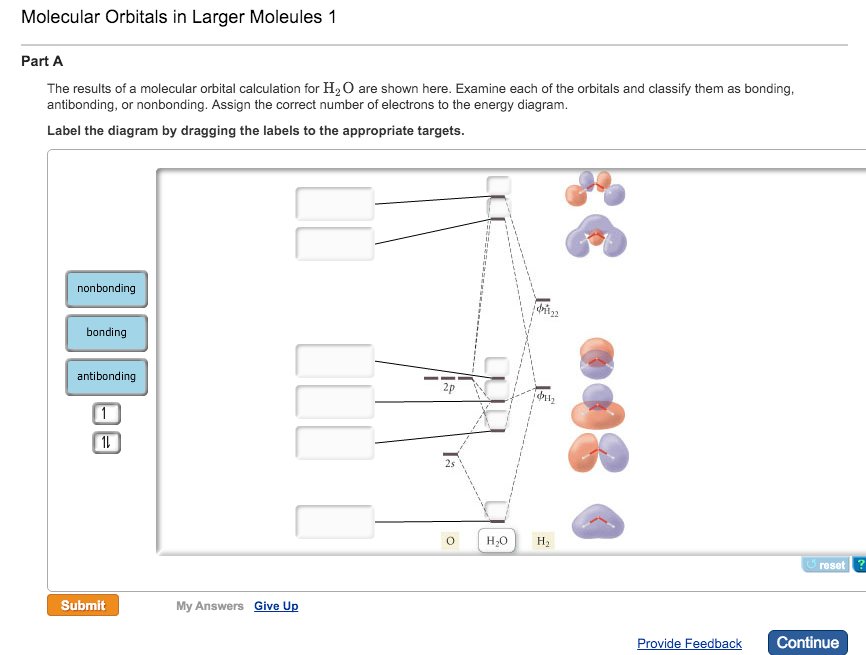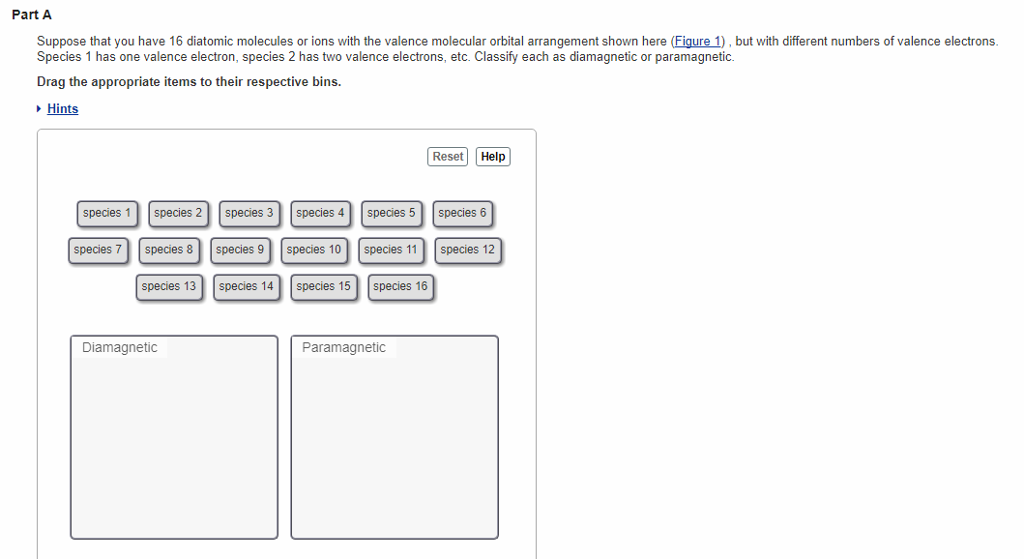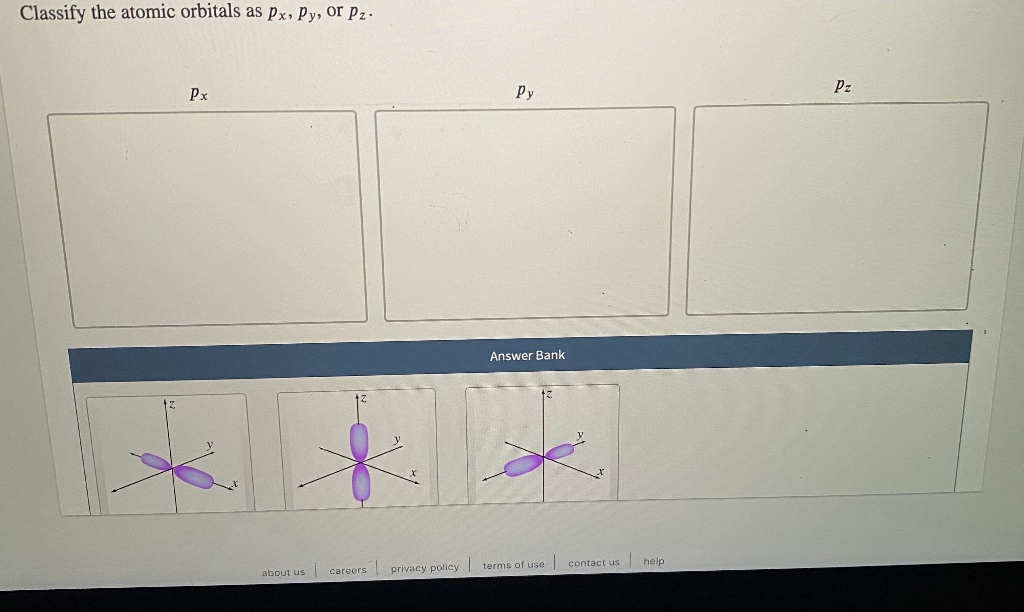

The principal quantum number ( 𝑛 ) determines the size of all the atomic orbitals, and it canīe used to determine the total number of orbitals and electrons in any one energy level. What is the relationship between the principal quantum number, 𝑛, and the total number of orbitals? The effective radius of an atomic orbital relative to the central section of an atomic nucleus.Įxample 1: Calculating the Number of Atomic Orbitals from the Principal Quantum Number The 3s atomic orbital is wider than the 2sĪtomic orbital and the 2s atomic orbital is wider than the 1s atomic orbital.

Quantum numbers of 𝑛 = 2 and 𝑛 = 1 respectively. The 3s atomic orbital has a principal quantum number of 𝑛 = 3 and the 2s and 1s atomic orbitals have principal Number is always a positive integer, and it can be stated that The principal quantum number ( 𝑛 ) determines the size of an atomic orbital. Has a different set of four quantum numbers. Highest-energy electron in a potassium atom has one set of four quantum numbers, and the highest-energy electron in a cesium atom The Pauli exclusion principle states that no two electrons in any one atom can have the same set of four quantum numbers.

The four quantum numbers also explain why elements should be grouped into periodic table blocksĪnd why so many elements have similar chemical properties. ( 𝑛, 𝑙, 𝑚 , and 𝑚 ), and they determine how electrons
#CLASSIFY THESE ATOMIC ORBITALS HOW TO#
All the four hydrogen atoms are arranged in a manner such that the four hydrogen atoms form corners of a regular tetrahedron.In this explainer, we will learn how to use quantum numbers to describe an electron within an atom.Īn electron within an atom can be completely described with values that are known as quantum numbers. According to experimental observations, the Methane molecule has 4 identical C-H bonds with equal length and equal bond energy. The above are three basic hybridizations along with them there are other hybridizations based on the mixing of orbitals such as sp³d hybridization, sp³d² hybridization and sp³d² hybridization.Įxplanation of Hybridization Through ExamplesĮxample 1: Consider an example of the simplest hydrocarbon molecular Methane. The molecules possessing sp hybridization used to have a linear shape with an angle of 180°. Sp hybridization: When one s and one p orbital goes in the process of mixing of energy to form a new orbital such kind of hybridization is called sp hybridization. Sp² hybridization: It is observed when one s orbital and two p orbitals undergo mixing of energy for equivalent orbitals.

Sp³ hybridization: When one s orbital and three p orbital from the same shell of atom mix together to form a new equivalent orbital then this is called sp³ hybridization. There are different types of hybridization-based on the mixing of the orbitals. This theory is especially useful to explain the covalent bonds in organic molecules.īasically, hybridization is intermixing of atomic orbitals of different shapes and nearly the same energy to give the same number of hybrid orbitals of the same shape, equal energy and orientation such that there is minimum repulsion between these hybridized orbitals. Hybridization is a concept used in organic chemistry to explain chemical bonding in cases where the valence bond theory does not provide satisfactory clarification.


 0 kommentar(er)
0 kommentar(er)
